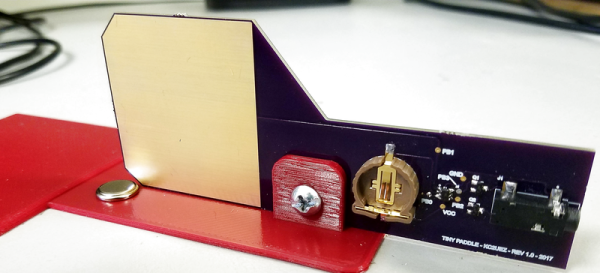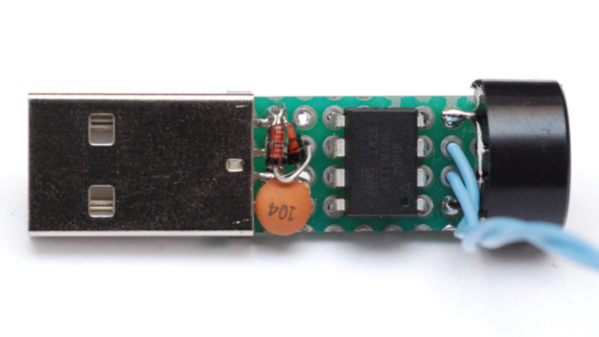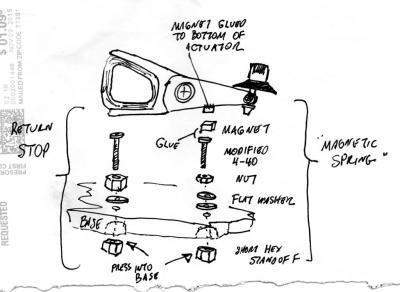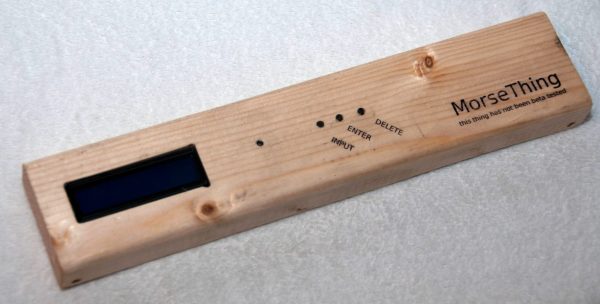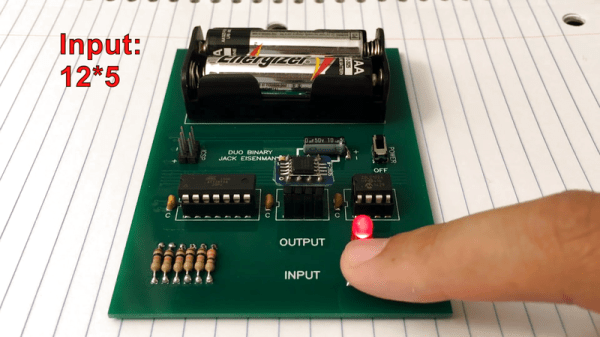[Jason Allemann] built a Mindstorms Telegraph Machine that packs so many cool details that HaD is about to have a fit.
First off, It’s a drawbot able to write letters, a difficult feat given a lack of native stepper motors and the limited gear options for Mindstorms. Trying to draw letters with servos typically makes for some ugly letters. And how does the drawbot know what to write? You code them in with Morse code. The second video after the break shows [Jason]’s setup. He has a Mindstorms touch sensor with a LEGO Morse key attached to it. He simply taps on the key and the EV3 Intelligent Brick interprets his dots and dashes and translates them into letters.
Next off, [Jason]’s printer is built using one EV3 set. It’s one thing to build a cool Mindstorms robot with whatever you have in your parts bin, but the gold standard is to make a project that can be built with only one EV3 set. That way, anyone with the set can build the project. Precious few really cool projects can be built with just one set–[David Gilday]’s MindCub3r Rubik’s cube solver comes to mind. Dude, this is another one.
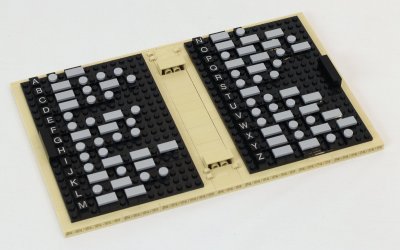
Last off, [Jason] breaks down how to build it, providing full LDraw building steps and EV3 code on his site. Even better, he shows how to supersize the project by adding a second EV3 brick, which can connect to the drawbot’s EV3 brick via bluetooth and serve as a standalone CW key. He shows off this part in the second video.
Icing on the cake, [Jason] even built a Morse reference book, done appropriately in 100% LEGO.
Hackaday loves innovative LEGO projects, like this game-playing robot and this LEGO exoskeleton.


